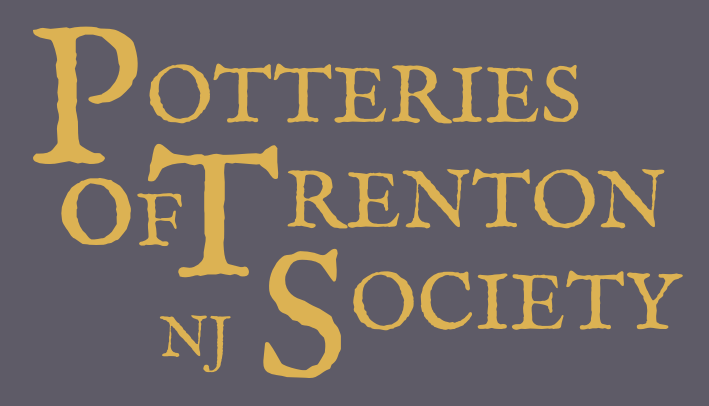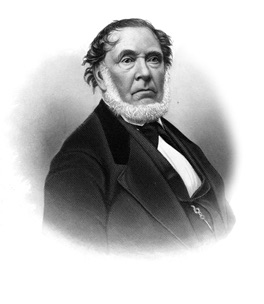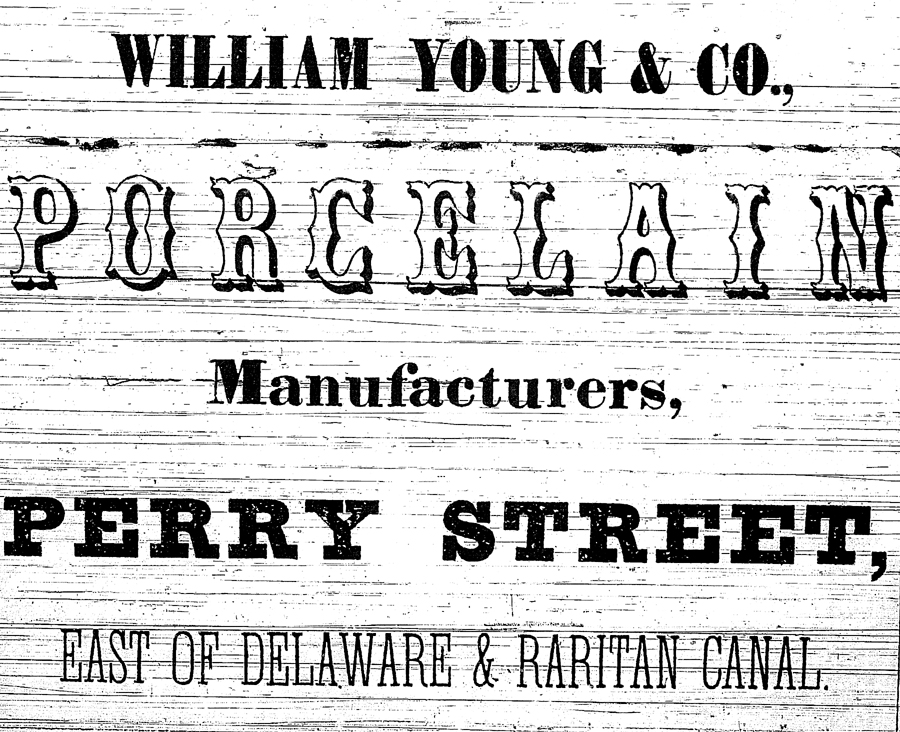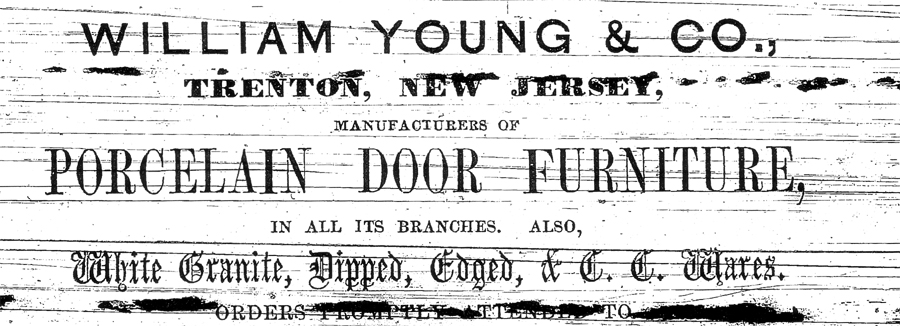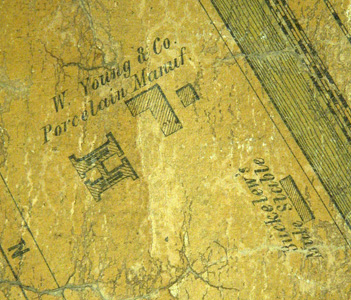William Young & Company’s Porcelain Works
In operation 1856-1860
Wares
White Granite, Dipped, Edged & C.C. Wares (Boyd 1859)
Queensware and hardware trimmings (Harney 1929)
Whiteware bowls, porcelain door furniture
Notes
The pottery began operating in 1857 as “William Young & Co.”, and in 1858 as “William Young & Sons.”
— Harney, W.J. 1929. “Trenton’s First Potteries.” Sunday Times Advertiser, July 7, 14, 21 and 28, 1929.
Selected References
“The Manufactories of Trenton. Article II. The Pottery Trade.” Trenton State Gazette, Monday, August 27, 1866.
Woodward, E.M. and John F. Hageman. 1883. History of Burlington and Mercer Counties. Everts and Peck, Philadelphia, Pennsylvania.
Harney, W.J. 1929. “Trenton’s First Potteries.” Sunday Times Advertiser, July 7, 14, 21 and 28, 1929.
Leibowitz, Joan. 1985. Yellow Ware: The Transitional Ceramic. Schiffer Publishing, Ltd., West Chester, Pennsylvania.
Frelinghuysen, Alice Cooney. 1989. American Porcelain, 1770-1920. Metropolitan Museum of Art, New York, New York.
Nottle, Diane. 1997. “Beauty, Utility and Paychecks, All Built on a Base of Clay.” New York Times, 9 November, 1997.
Goldberg, David J. 1998. Preliminary Notes on the Pioneer Potters and Potteries of Trenton, N.J.: The First Thirty Years – 1852 – 1882 (And Beyond). Privately published, Trenton, New Jersey.
Hunter Research, Inc. 2005. “Historical and Archaeological Investigations at the Excelsior Pottery Site, Southard Street Bridge Replacement Project, City of Trenton, Mercer County, New Jersey.” Report on file, New Jersey Historic Preservation Office (NJDEP), Trenton, New Jersey.
Other firms at this site:
Other Names
William Young & Company; William Young & Company Porcelain Manufacturers
Block and Lot:
46E-1/24, 53-68, 72, 76
Historic Street Address:
Brunswick Avenue near City Limits; Southard Street; 400 Southard Street
Municipality:
City of Trenton
